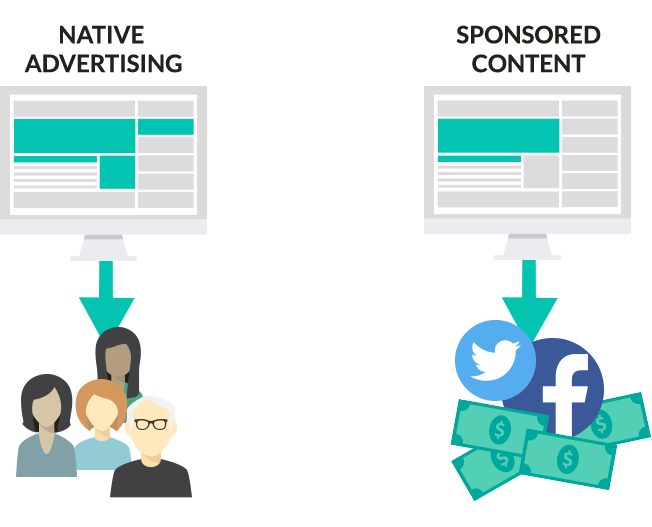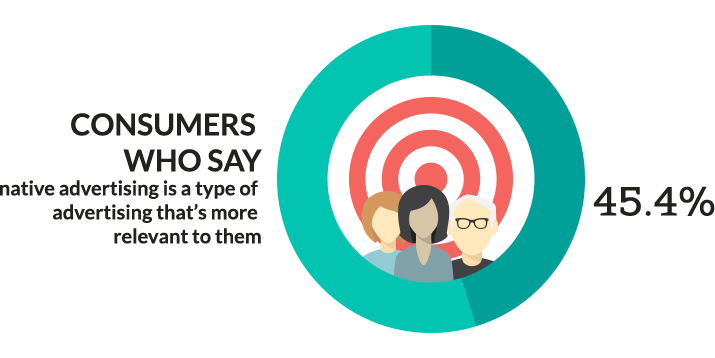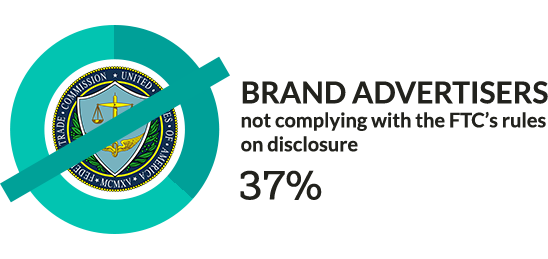
Sponsored content and native advertising may have once been the proverbial red-headed stepchild of the content world, but those days are long gone. Today, most brands are embracing the power of native advertising and sponsored content (as well as their relative branded content). A quick look at Instagram reveals a huge jump from 1.26 million sponsored brand content posts in 2016 to 6.12 million in 2020. And there are no signs it’s slowing across any platform–in fact, read on to find out just how much marketers are doubling down on this tactic (eMarketer shows 47% of marketers worldwide are confident in the effectiveness of native advertising).
But are you left wondering just what native advertising and sponsored content actually is? We’ve got you covered. Native advertising/sponsored content is, putting it simply, content that is in line with a site’s editorial standards but is paid content from an outside advertiser.
Native advertising and sponsored content allow media outlets to become more of a platform for sponsored content, rather than one for cheesy, in-your-face advertisements like banner ads, which, let’s face it, simply don’t work. There’s also an opportunity for marketers to reinvent themselves as niche publishers and publishing partners using sponsored content, native ads, or both.
Yet with sponsored content and native ads also comes the credibility question: How will publishing these types of content affect your content’s credibility, and more importantly, your readership’s opinion of you? And we can’t talk credibility without addressing “fake news.” How did sponsored content play a part in the meteoric rise of this politically-charged buzzword?
Learn more about sponsored content and native ads–and how they affect content’s future–in our fact sheet below.
Consumers look at native ads 53% more than display ads. Native ads create an 18% increase in purchase intent. – Outbrain
Last year, advertisers spent $118.72 billion on display advertising—a 39.4% increase over the previous year. 64.2% of total display ad spending was dedicated to native display ad placements. In 2022, we expect a 14.9% increase YoY in native display ad spending, reaching $87.6 billion. – Insider Intelligence
More than 50% of consumers who click on native advertising do so with the intention of purchasing, compared to 34% of those who click on banner ads. – Inc.

42.2% brand lift is generated by native ads among users. – Nielsen
For marketers, native advertising could be a more effective way to reach potential customers, while sponsored content has the potential to supplement social media revenue. – Content Science Review

45.4% of consumers polled said native advertising is a type of advertising that’s more relevant to them. -HubShout

Native social display advertising is forecasted to grow 17.6% this year and 13.9% in 2023. – Insider Intelligence
38.2% of people in the United States said they have accidentally shared fake news. – Statista
Some experts point to an association between native advertising and the rise of “fake news.” One study found that 37% of brand advertisers weren’t complying with the Federal Trade Commission’s new rules on disclosure. – MediaRadar

The large number of people who mistakenly share fake news may be the reason why 75% of consumers trust content and recommendations seen on an editorial environment vs. 54% who trust content and recommendations on the user-generated content of social media. – Outbrain

That also brings us to influencer content, which has grown exponentially in recent years. In fact, 93% of marketers have used influencer marketing and according to Insider Intelligence forecasts, US influencer marketing spending is projected to reach double-digits until 2023, when spending on influencer marketing campaigns will approach $5 billion. But advertisers need to be careful. The Federal Trade Commission is concerned that “fake accounts, fake likes, fake followers, and fake reviews are now polluting the digital economy, making it difficult for families and small businesses looking for truthful information.”






Comments
Comments are closed.
We invite you to share your perspective in a constructive way. To comment, please sign in or register. Our moderating team will review all comments and may edit them for clarity. Our team also may delete comments that are off-topic or disrespectful. All postings become the property of
Content Science Review.